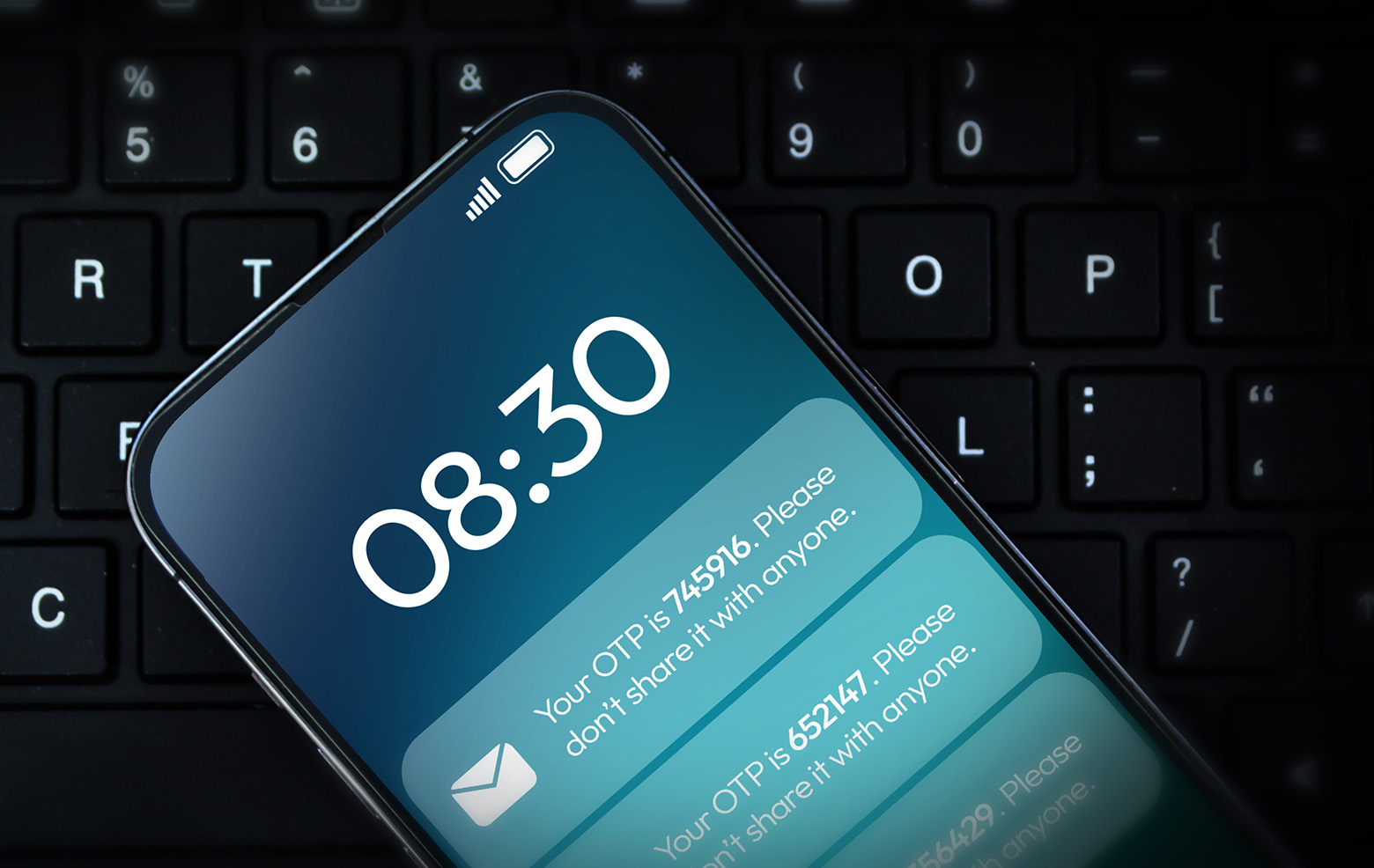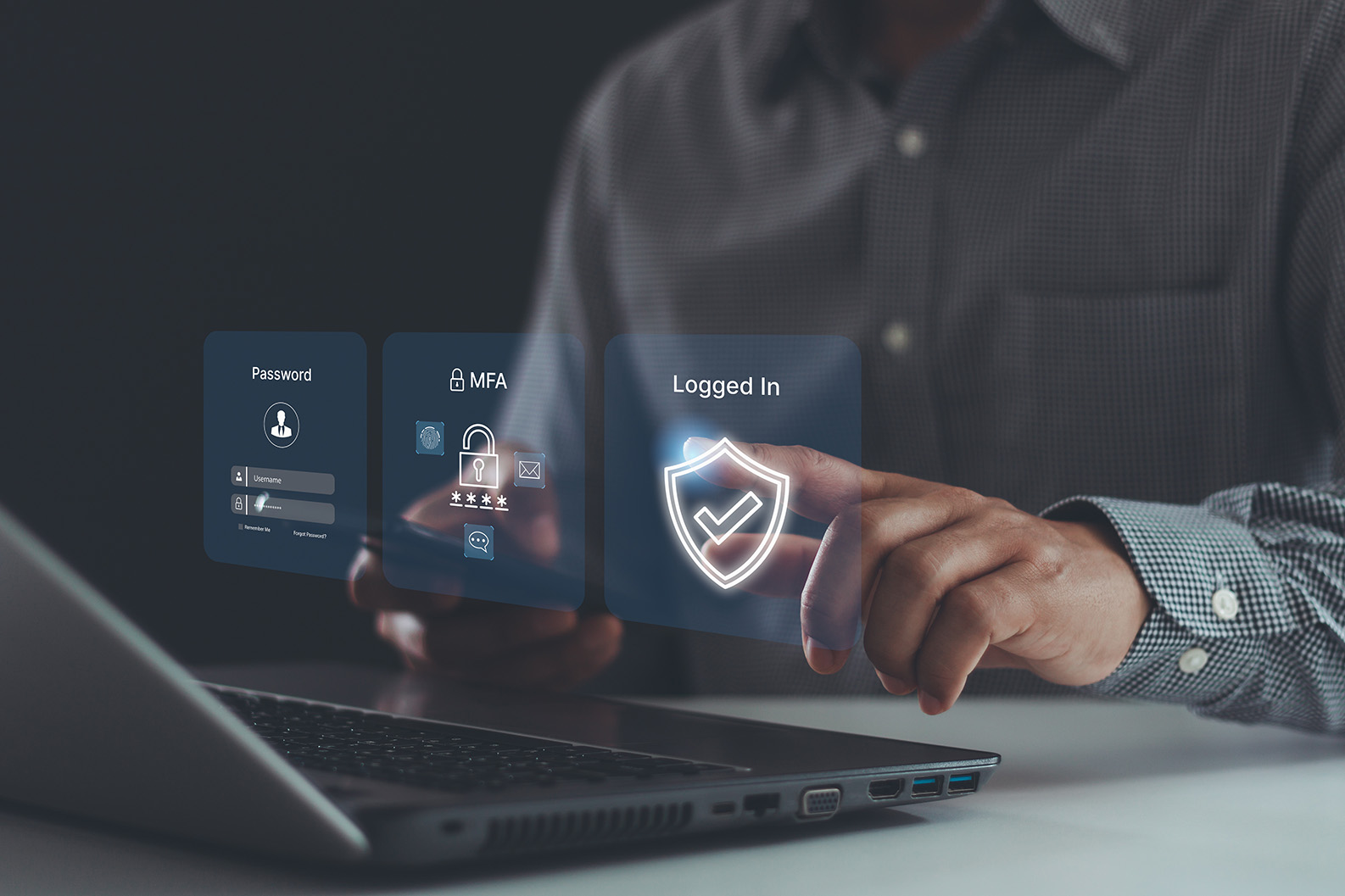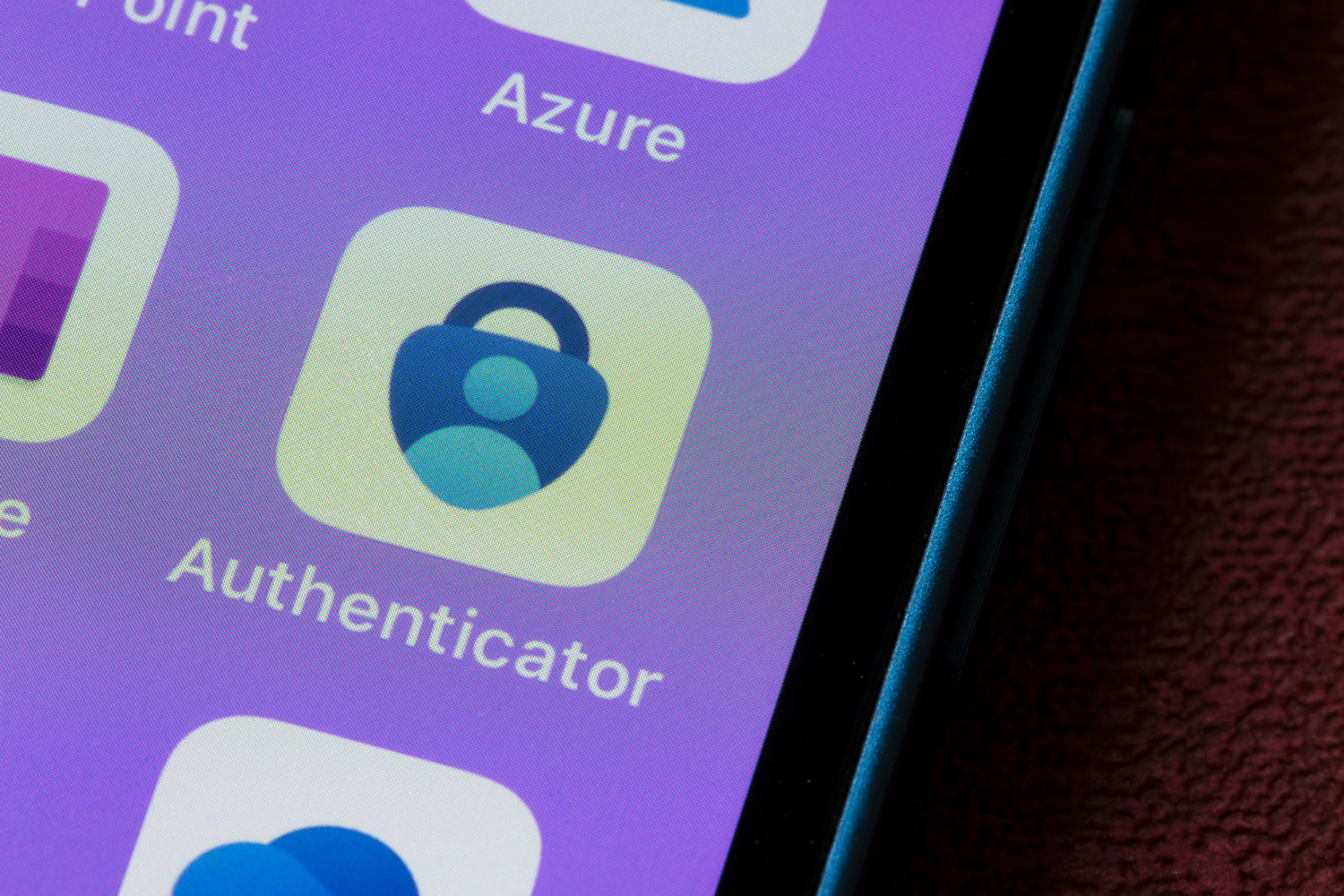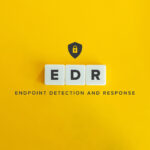MFA Fatigue Attacks: How Push Notifications Became a Cybersecurity Risk
Are Push Notifications Putting Your Business at Risk? Understanding MFA Fatigue Attacks
Multi-Factor Authentication (MFA) has been the cornerstone of secure logins for over a decade. It’s the extra step that separates a leaked password from a full-blown data breach - until now.
In 2025, a new type of cyberattack is exposing a major weakness in many MFA systems: push fatigue. Also known as MFA bombing, this tactic relies not on brute force or malware - but on human frustration. And it’s increasingly used to compromise small and mid-sized businesses that thought they were protected.
Let’s unpack how this works, why it’s growing, and what you can do to defend against it.
What is MFA Fatigue and How Does It Work?
Most SMBs today use push-based MFA systems, such as Microsoft Authenticator, Duo, or Okta Verify. These platforms send a push notification to an employee’s phone when a login attempt is made. If it’s legitimate, the user taps "Approve." If it’s not, they ignore it.
Simple enough - until attackers flip the script.
Here’s what happens in an MFA fatigue attack:
- A cybercriminal acquires valid login credentials (often via phishing or dark web leaks).
- They initiate repeated login attempts, each triggering a push notification on the employee’s phone.
- Overwhelmed or annoyed, the employee taps “Approve” just to make it stop.
- The attacker gains full access to the business’s systems—without ever cracking a password.

This method bypasses traditional MFA protections by targeting the weakest link: human behavior. Repetition, urgency, and inconvenience create the perfect conditions for a mistake.
The Rise of MFA Fatigue: Why Now?
The strategy became widely known in 2022 when a major breach at Uber was traced to this exact method. An attacker spammed an employee with push requests, then posed as IT support and convinced them to approve one.
Since then, the tactic has only grown. According to a 2023 report from CISA (U.S. Cybersecurity and Infrastructure Security Agency), MFA fatigue was observed in multiple successful attacks on U.S. infrastructure and private-sector companies.
Stat: Over 60% of all reported phishing-related breaches in 2023 involved MFA bypass techniques, with push fatigue being among the top 3 methods.
(Verizon 2024 Data Breach Investigations Report)
Why the sudden surge? Because push-based MFA has become the default setting for many businesses - especially SMBs looking for simple, low-cost solutions. Unfortunately, convenience also opens the door to new attack vectors.
Why SMBs Are Especially Vulnerable
Small and mid-sized businesses often have fewer resources to monitor identity and access threats. They’re also less likely to have custom security protocols or internal IT staff trained to detect these types of attacks.
Other reasons SMBs are at risk:
- Most don’t limit the number of push requests a user can receive
- Employees are rarely trained to treat repetitive MFA notifications as a red flag
- Legacy apps often don’t support modern MFA types like biometric verification or number matching
- There's a general lack of awareness about this emerging threat model

Attackers know this. That’s why they’re targeting the small fish - not just the big ones.
How to Defend Against MFA Fatigue Attacks
The good news is that defending against MFA fatigue doesn’t require ripping out your entire authentication system. But it does require rethinking your MFA configuration and layering in smarter safeguards.
1. Upgrade to Number Matching or Biometric MFA
Instead of simply tapping “Approve,” newer systems ask users to enter a code shown on their login screen or require fingerprint/face verification. This breaks the attacker’s ability to “spam and win.”
Microsoft and Duo have both rolled out number matching by default in 2023 to combat push fatigue.
Stat: Organizations using number matching saw a 98% drop in successful MFA fatigue attacks.
(Source: Microsoft Security Blog)
2. Enable Push Rate Limiting and Timeouts
Most enterprise MFA platforms now support controls that limit the number of push notifications allowed per minute or hour. Use these features to minimize the risk of spamming.
3. Train Employees to Recognize the Signs
Awareness is everything. Employees should be taught to recognize unusual login patterns, repeated notifications, and social engineering tricks (like fake IT calls). These red flags should trigger incident reports, not approval taps.
4. Use Contextual Access Policies
Modern access management tools can detect anomalies - such as login attempts from unrecognized locations, devices, or time zones - and block or escalate authentication automatically.

ThinkSwift’s Cyber360 Identity Protection
We help Canadian SMBs move beyond outdated MFA configurations with real-world identity security solutions.
We don’t stop at installation - we build a full access control strategy that includes:
- Conditional MFA enforcement
- Number matching and biometric authentication
- Microsoft 365 and Google Workspace integration
- Rate limiting and behavior analytics
- Continuous dark web monitoring for leaked credentials
- End-user training for phishing, MFA fatigue, and credential hygiene
And because we're also your cyber insurance partner, we help you qualify for stronger protection with proven, enforceable security practices - something insurance underwriters increasingly require.
Your MFA Strategy Is Only as Strong as Its Weakest Tap
Don’t let one wrong tap compromise your business.
The reality is that threat actors are evolving. So should your defenses. MFA fatigue attacks prove that cybersecurity is no longer just a technical issue - it’s a behavioral one. Businesses that recognize this early will avoid costly breaches and remain resilient in an increasingly sophisticated threat landscape.
Recent Blogs
Most attribution debates pretend to be about science. They’re about credibility. Sales wants proof that marketing’s dollars create pipeline. Marketing wants recognition that discovery takes…
Read MoreThink of traditional antivirus as a gate guard with a laminated binder of faces. If the intruder matches a mugshot, they’re denied. That worked when…
Read MoreDashboards don’t fall apart because math is hard. They fall apart because language is loose. UTM parameters were supposed to be boring – labels on…
Read MoreMost attribution debates pretend to be about science. They’re about credibility. Sales wants proof that marketing’s dollars create pipeline. Marketing wants recognition that discovery takes…
Read MoreThink of traditional antivirus as a gate guard with a laminated binder of faces. If the intruder matches a mugshot, they’re denied. That worked when…
Read MoreDashboards don’t fall apart because math is hard. They fall apart because language is loose. UTM parameters were supposed to be boring – labels on…
Read More


